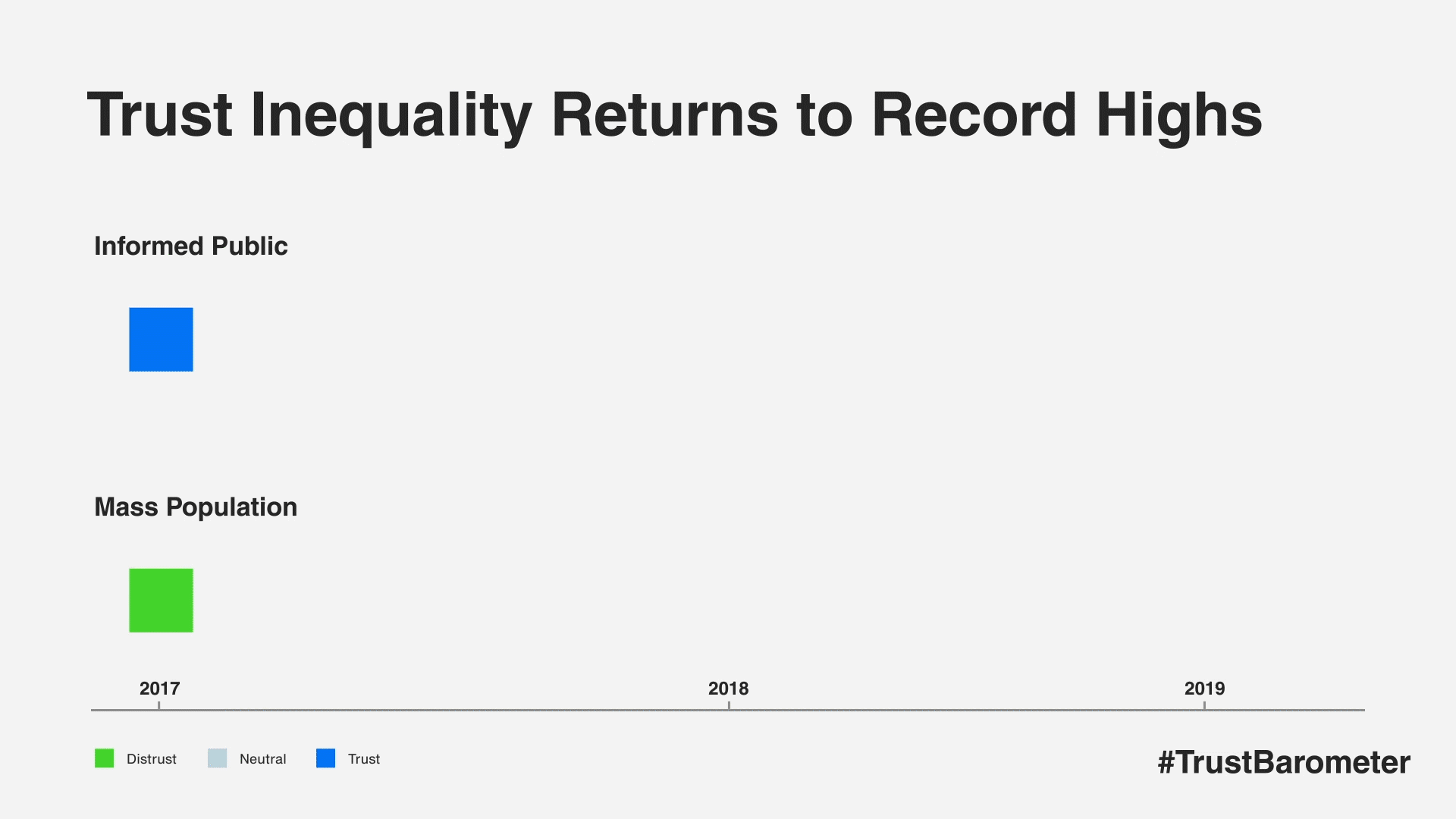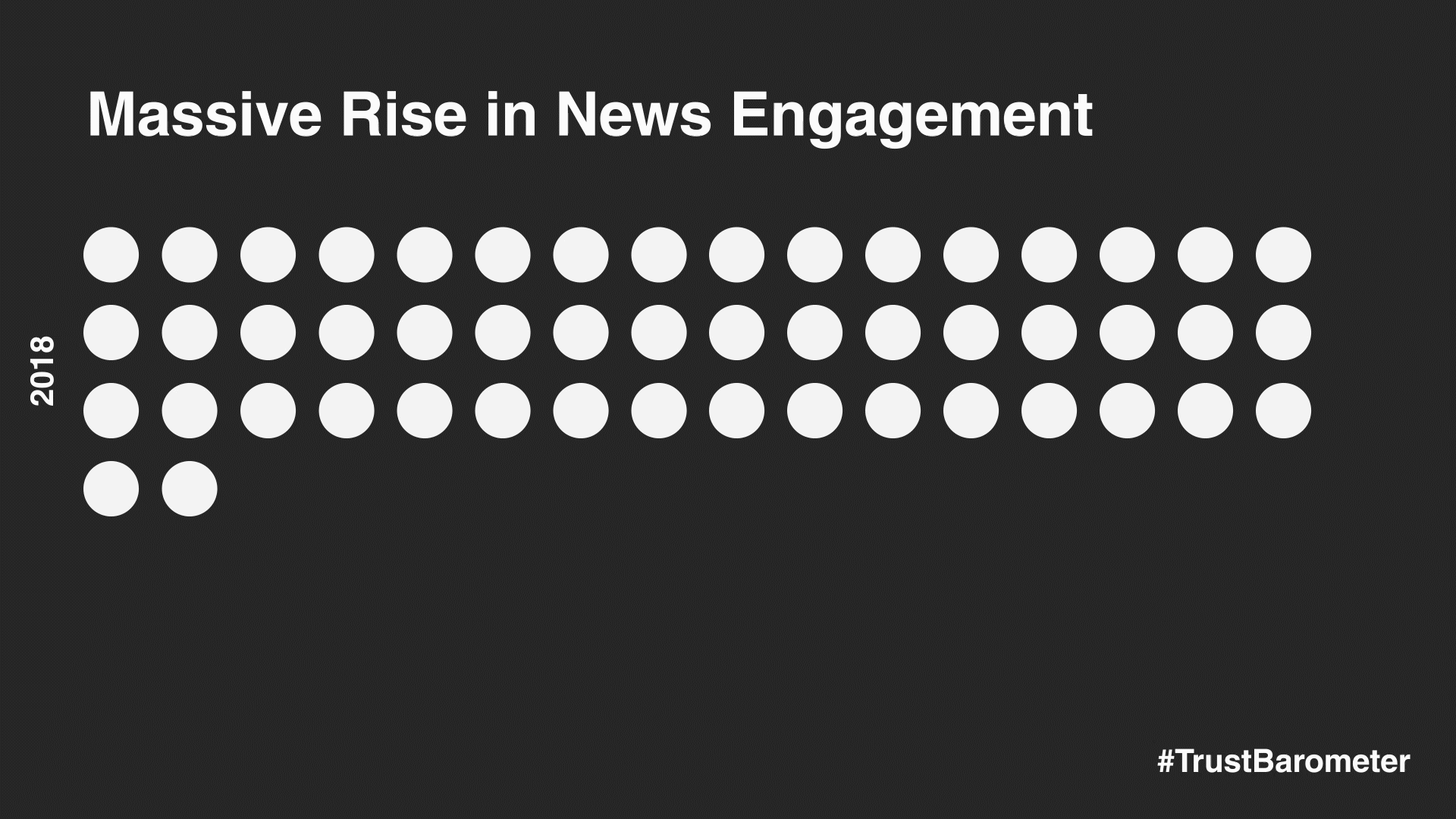Paper by Jessica Stockdale, Jackie Cassell
Public opinion and data use
A range of small studies canvassing patient views, mainly in the USA, have found an overall positive orientation to the use of patient data for societal benefit2–7. However, recent case studies, like NHS England’s ill-fated Care.data scheme, indicate that certain schemes for secondary data use can prove unpopular in the UK. Launched in 2013, Care.data aimed to extract and upload the whole population’s general practice patient records to a central database for prevalence studies and service planning8. Despite the stated intention of Care.data to “make major advances in quality and patient safety”8, this programme was met with a widely reported public outcry leading to its suspension and eventual closure in 2016. Several factors may have been involved in this failure, from the poor public communication about the project, lack of social licence9, or as pressure group MedConfidential suggests, dislike of selling data to profit-making companies10. However, beyond these specific explanations for the project’s failure, what ignited public controversy was a concern with the impact that its aim to collect and share data on a large scale might have on patient privacy. The case of Care.data indicates a reluctance on behalf of the public to share their patient data, and it is still not wholly clear whether the public are willing to accept future attempts at extracting and linking large datasets of medical information. The picture of mixed opinion makes taking an evidence-based position, drawing on social consensus, difficult for legislators, regulators, and data custodians who may respond to personal or media generated perceptions of public views. However, despite differing results of studies canvassing public views, we


